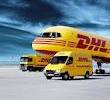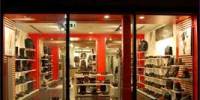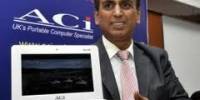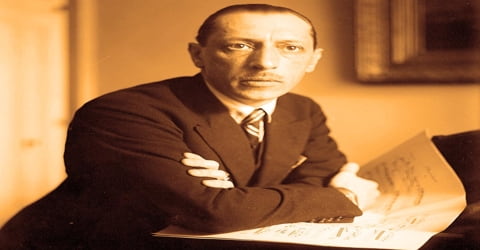Unilever is one of the world’s largest and leading multinational company. Unilever is a multinational consumer product manufacturing giant operating in over hundred countries all around the globe. Unilever Bangladesh, where the company holds 60.75% share where as the Government of Peoples Republic of Bangladesh holds 39.25% share. Unilever’s one of the most popular brand is LUX. They segments LUX’s market according to geographical locations. It further differentiates these segments into Socio Economic Cluster (SEC) which takes into account the criteria of education and profession which ultimately measures the financial ability of consumers.
Report on Analyzing The Market of Lux
















